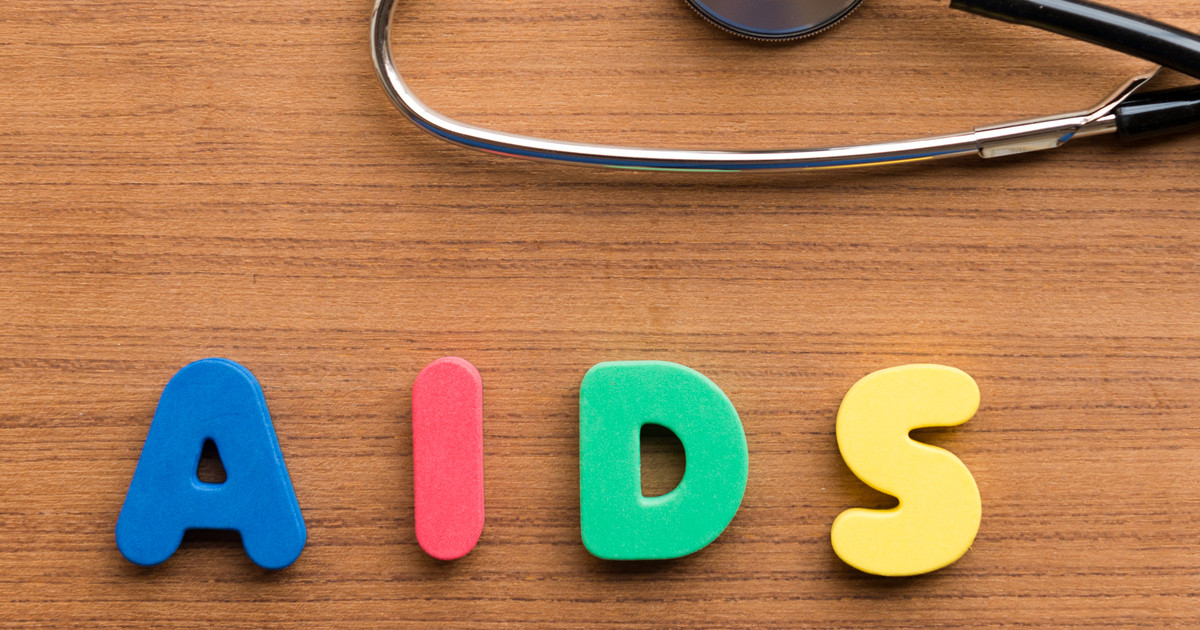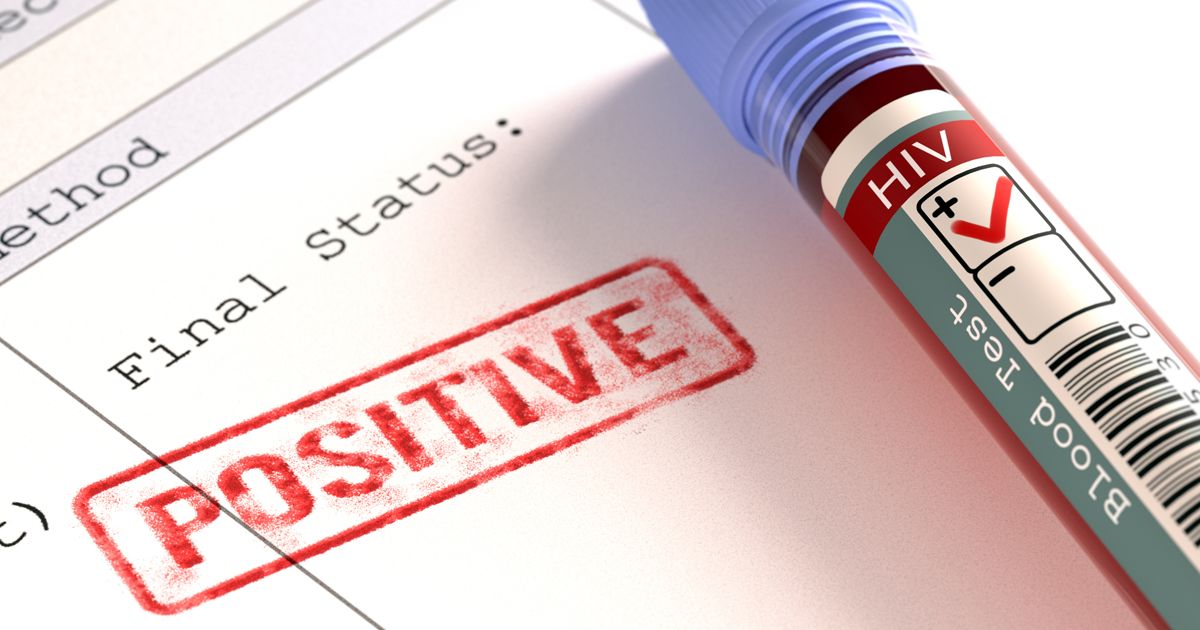How To Detect And Defend Against Early Signs Of HIV
The Final Stage

The final phase of HIV is also commonly known as the AIDS stage. This is when a patient's infection moves from HIV to AIDS, which is acquired immunodeficiency syndrome. During this phase of the disease, the immune system becomes critically damaged, and it is highly susceptible to opportunistic infections due to the body's CD4 T-cell number dropping below 200. Once the disease progresses into this stage, symptoms associated with HIV/AIDS become apparent. These include rapid weight loss, nausea, vomiting, fever, chronic fatigue, purplish skin spots, shortness of breath, yeast infections, unexplained bruises and bleeding, and cognitive impairment.
Getting Tested

Getting tested for HIV is imperative for an individual's health, especially if they are at risk or have exchanged bodily fluids with someone else. Even if an individual shows no signs and is not receiving treatment, they can easily transmit the virus to another person unknowingly. Fortunately, several treatments can effectively eliminate the risk of transmitting the virus to another person.
According to the Centers for Disease Control and Prevention (CDC), antiretroviral therapy can suppress the virus to an extent. When an HIV patient can maintain an undetectable viral load, they cannot transmit the virus to others. An undetectable load is fewer than 200 copies of the virus per milliliter (mL) of blood. Multiple studies have proven that early initiation of antiretroviral therapy correlates to a decreased risk of HIV and AIDS-related illnesses. However, delaying treatment until an individual's CD4 count drops below 350 cells/mL is associated with more infections and a profound decrease in life expectancy.
Taking an HIV test is the only way to determine whether an individual has the virus or not. The CDC recommends testing everyone in the United States between thirteen and sixty-four years old at least once for HIV as a safety precaution. If detected, doctors now recommend beginning HIV therapy at the time of diagnosis. This can significantly reduce the likelihood of illness and death by fifty-seven percent.
If you believe you are at risk or are concerned about HIV/AIDS, please visit a medical professional and get tested as soon as possible. You can save not only your life, but countless others as well.
